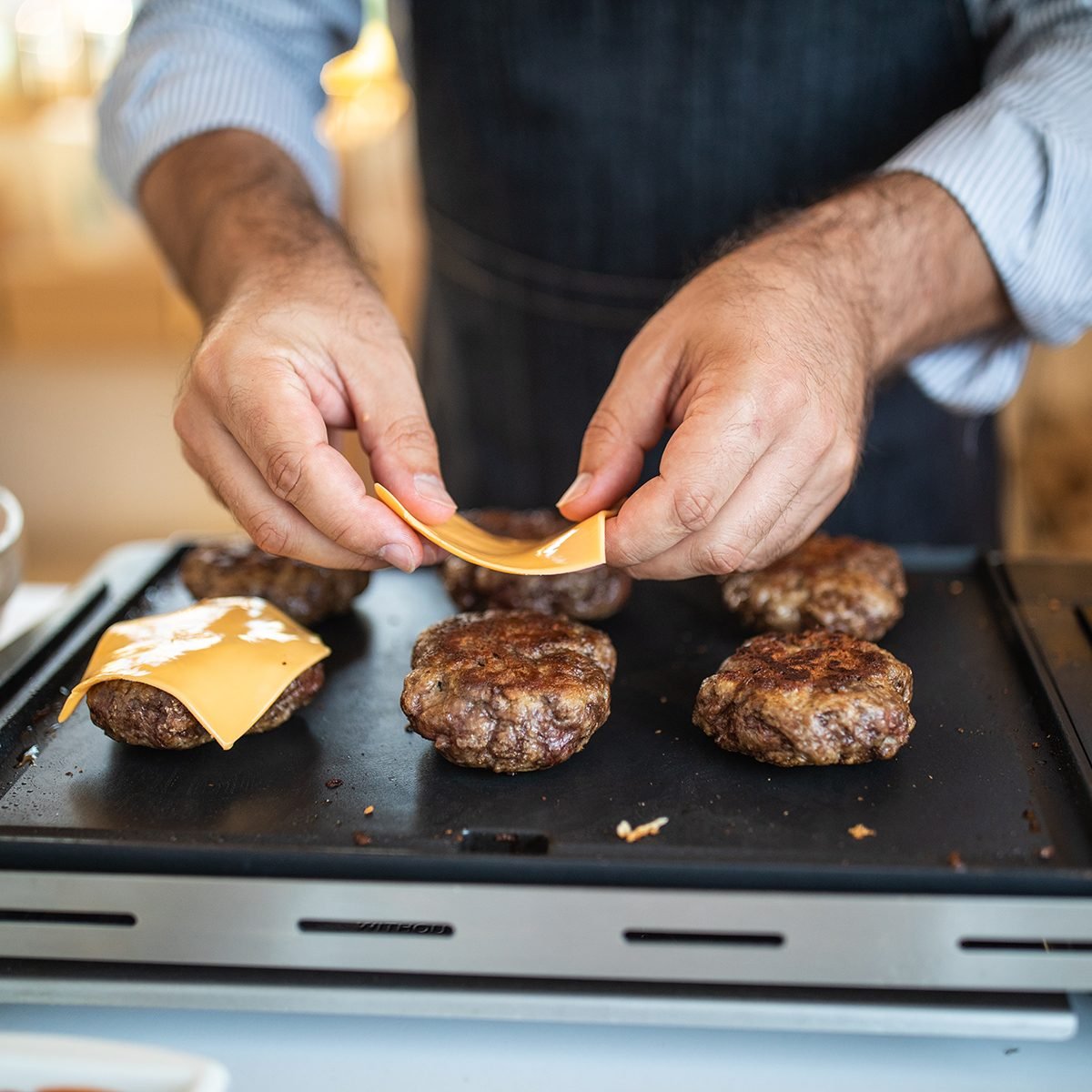Indoor grilling is a flexible, convenient way to bring the essence of outdoor grilling into your kitchen, no matter the weather. Perfect for seasoned cooks and beginners alike, indoor grilling offers year-round enjoyment of smoky, rich flavors. In this guide, we’ll cover the essentials, from choosing the best grill for your space to expert tips that ensure consistently delicious results.
Types of Indoor Grills
Selecting the right indoor grill largely depends on your cooking style, available kitchen space, and budget. Here’s a breakdown of the three main types of indoor grills:
Electric GrillElectric grills are the most popular choice for indoor grilling. With adjustable temperature controls, they make it easy to grill a variety of foods, from meats to vegetables. Open grills resemble outdoor grills, while contact grills cook both sides simultaneously, which is ideal for quick meals. Their smokeless function is especially beneficial for apartments or other limited spaces.
Grill PanA grill pan is a stovetop tool that replicates the grill experience with its ridged surface, which sears food and drains away fat. Easy to store and versatile, it allows for stovetop control. Cast iron versions retain heat well, offering even cooking and rich flavors.
Infrared GrillInfrared grills use radiant heat to cook food quickly, making them a great choice for efficient, even grilling. With high temperatures that sear the exterior of meats while keeping them juicy inside, infrared grills are a go-to for those who appreciate speed and consistency.
Selecting the Best Indoor Grill for Your Needs
Consider these factors to help you pick the right indoor grill:
Size and SpaceGrill size is a key factor, especially for kitchens with limited counter space. Choose a grill that can fit comfortably and be stored easily.
Temperature ControlVariable temperature settings are essential for achieving perfect results. Adjustable heat is particularly useful for different foods, like delicate fish versus thicker cuts of meat.
Non-Stick SurfaceNon-stick surfaces prevent food from sticking and simplify cleanup, enhancing your overall grilling experience.
DurabilityQuality materials such as stainless steel, ceramic, and cast iron provide long-lasting performance, better heat distribution, and consistent cooking.

Indoor Grilling Techniques for Success
Mastering indoor grilling requires attention to a few key techniques to ensure your food is flavorful and well-cooked:
Preheat the GrillAlways preheat your grill before adding food. This reduces sticking and helps create desirable grill marks.
Apply Oil to the Food, Not the GrillLightly coat your food, not the grill, with oil to enhance flavor and prevent sticking without creating excess smoke.
Marinate for Enhanced FlavorMarinades with acidic ingredients like lemon or vinegar tenderize meat and add depth of flavor. Pat marinated foods dry to minimize smoke.
Achieve Perfect Grill MarksTo create professional-looking grill marks, let food sear undisturbed for a few minutes before rotating for a crosshatch effect.
Control Smoke LevelsAlthough designed to minimize smoke, some foods can still produce it. To manage this, trim fat, clean the grill regularly, and grill near ventilation if possible.
Best Foods for Indoor Grilling
Indoor grills are suitable for a wide range of foods. Here are some of the best options to try:
MeatsSteaks, chicken breasts, pork chops, and sausages grill well indoors. Using a meat thermometer ensures perfect doneness without overcooking.
VegetablesVegetables like bell peppers, zucchini, and mushrooms char beautifully, bringing out their natural sweetness. Lightly coat them in olive oil for added flavor.
Fish and SeafoodSalmon, shrimp, and scallops are ideal for indoor grilling, requiring only moderate heat and a short cooking time. Citrus-based marinades work well with seafood.
Sandwiches and PaninisIndoor grilling is perfect for making crispy, gooey paninis and sandwiches. Contact grills are especially useful for pressing and grilling sandwiches to perfection.
Cleaning and Maintaining Your Indoor Grill
Proper care extends your grill’s life and ensures food safety. Follow these tips:
- Clean After Each Use: Wipe down the grill after every use. For tougher residues, use a grill-safe brush.
- Avoid Harsh Chemicals: Stick to mild soaps or detergents, as abrasive cleaners can damage non-stick surfaces.
- Empty Grease Trays: Regularly empty and clean grease trays to prevent buildup.
Conclusion
Indoor grilling brings the flavor of outdoor cooking into the convenience of your kitchen, no matter the season. By choosing the right grill, following essential techniques, and maintaining your appliance, you can create flavorful dishes that rival outdoor grilling. From juicy meats to charred veggies, indoor grilling opens up a world of culinary possibilities right at home.
